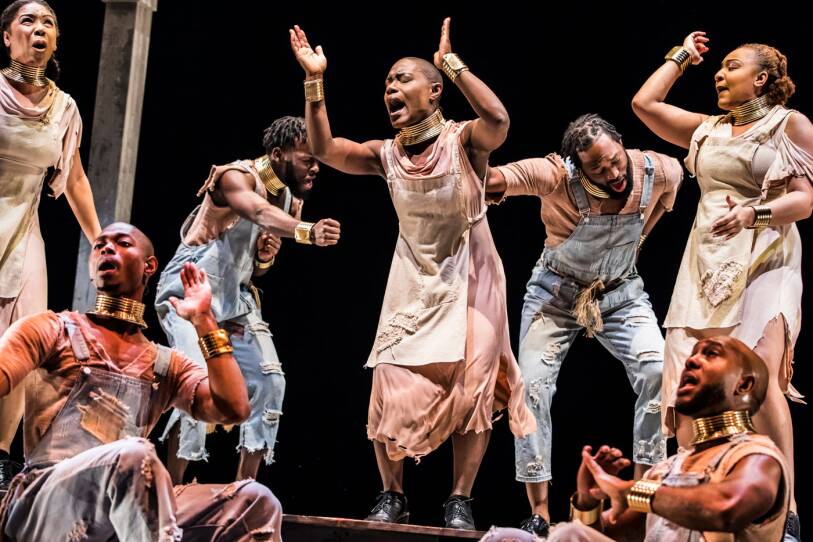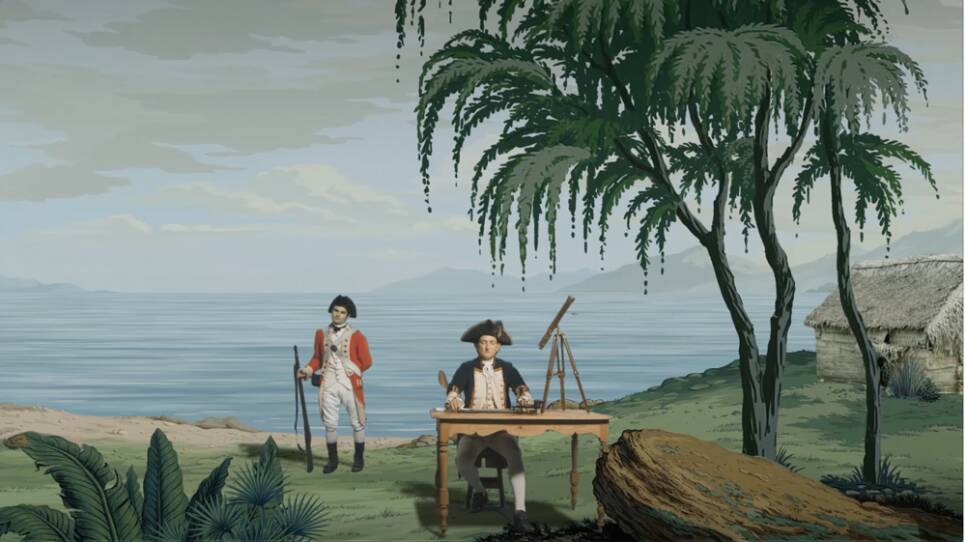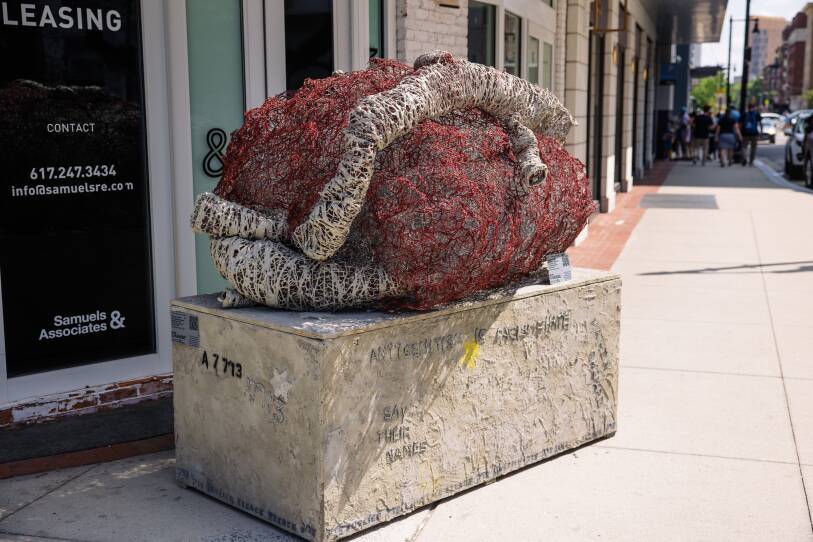GBH Executive Arts Editor joined Morning Edition to share the latest in Boston’s arts and culture scene. This week, a look at the history of African step and an exploration of colonialism in New Zealand.
Drumfolk
Now playing at ArtsEmerson through October 16

As a student at Howard University, C. Brian Williams became familiar with step within his fraternity, and later explored similar dance practices with the gumboot style of South Africa. Williams founded Step Afrika! in 1994 to trace the history of step beyond its direct origins in the 20th century all the way back to the Stono Rebellion of 1739. The legal retaliation of the Stono Rebellion may have suppressed Black expression in the United States by restricting access to gatherings, drums and writing, but step dance traditions emerged as a means of building community.
Now, Step Afrika! tours internationally, and their Boston residency opened this week. Bowen says the show “got the audience literally on its feet last night, and they come out and the dancers look at you in the audience. They want your engagement. They want your participation," he said. "Drumfolk" is a rousing, moving performance that, according to Bowen, highlights “the percussive nature of the body and dance and tap.”
Lisa Reihana: in Pursuit of Venus [Infected]
On view at the Davis Museum at Wellesley College through December 18

This exhibit by Maori artist Lisa Reihana brings together video, audio, performance and history to reassess how we view colonialism in Aotearoa, Māori-language name for New Zealand. On one wall of the exhibition is a recreation of wallpaper from the 1800s that was often seen in homes of the French elite, depicting what Bowen calls “this exoticized nature of Indigenous people from the Pacific Ocean.”
On the opposite wall, five projectors play a 30-minute looping video that draws visual elements from the wallpaper. The scrolling panorama also interpolates footage that makes the viewer a spectator to encounters between Indigenous communities and British settlers, including “ceremony and dance and song and scientific exchange, but we also see strife and assault," Bowen says. Described as “a remarkable experience” that juxtaposes Indigenous and colonial histories, Reihana made a point of only featuring videos of Indigenous actors recreating traditions and experiences that they themselves felt comfortable sharing.
Be the Change: A Jewishly Inspired Public Art Movement
Free public programming throughout Boston
Presented by The Jewish Arts Collaborative, this series of public art installations features six local artists, including mixed-media artist Caron Tabb. The series was inspired by the tzedakah, from the Hebrew root tzedek, meaning justice or righteousness, a Jewish tradition of collecting spare change in boxes. All of the artists involved in “Be the Change” have chosen one or multiple social injustices to address in their work, with topics ranging from mental health to mass incarceration to transgender rights.
Each sculpture also features a QR code that links viewers to nonprofit organizations working towards solving these issues. The series incorporates what Bowen calls both “the passive experience of appreciating this art” and the ability to “actively get involved by participating in these nonprofits.” At the very least, Bowen says, visitors to these installations walk away more informed about the world and the struggles of others.






